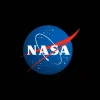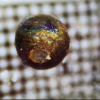Cosmic ‘barcode’ from distant galaxy confirms Nature’s constancy0
- From Around the Web, Space
- November 21, 2016
Astronomers have precisely measured the strength of a fundamental force of Nature in a galaxy seen eight billion years in the past.
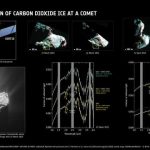
As Rosetta’s comet approached its most active period last year, the spacecraft spotted carbon dioxide ice – never before seen on a comet – followed by the emergence of two unusually large patches of water ice.
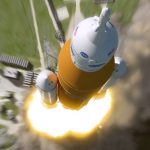
Donald Trump wants to take a giant leap forward in the public-private partnership in outer space and may tell NASA to ditch their own launch vehicles in favor of using commercial spacecraft on a contract basis.

One of the great mysteries of the cosmos is why it is expanding at an apparently accelerating rate.

China’s Shenzhou 11 space capsule landed safely in the northern region of Inner Mongolia on Friday with two astronauts aboard, state media said, completing the country’s longest manned space mission to date.
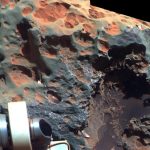
NASA’s Mars rover Opportunity has been used to measure the weathering of meteorites on the Red Planet, revealing just how little water there is on the surface.
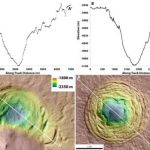
A strangely shaped depression on Mars could be a new place to look for signs of life on the Red Planet, according to a University of Texas at Austin-led study.
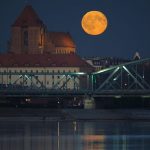
Today on Monday night, Nov. 14th, there’s going to be a full Moon–the biggest and brightest in almost 70 years.

THE end of the universe is about to get interesting. Most data favours a slow fade into a silent, frozen oblivion. But a new analysis suggests the cosmos could gradually tear itself apart, galaxy from galaxy and atom from atom. Or at least, we can’t rule it out.


